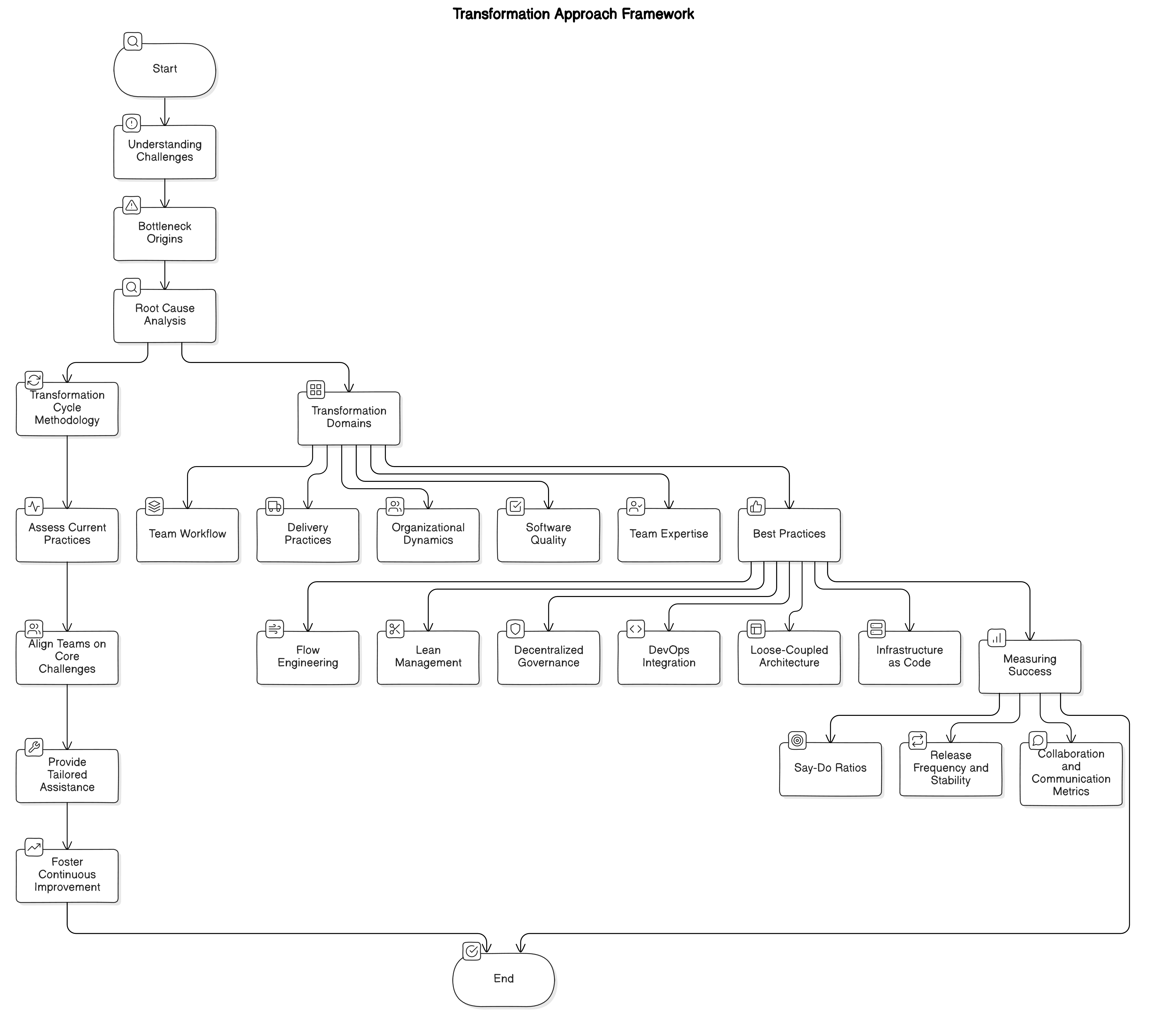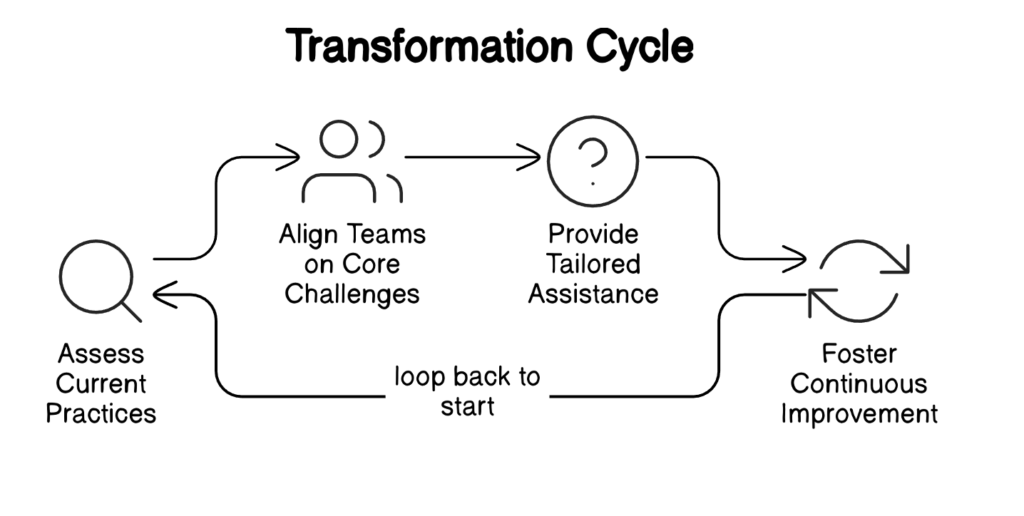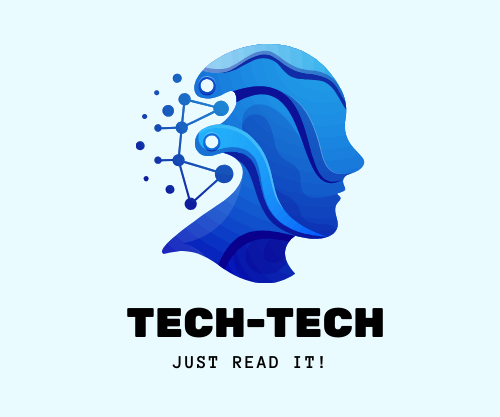Transforming Team Efficiency: Proven Strategies for Scaling Success and Overcoming Common Bottlenecks
In today’s competitive and fast-paced business environment, organizations are constantly seeking effective strategies to enhance team productivity, overcome bottlenecks, and scale their operations. In this article, I will be presenting a structured approach to tackling these challenges, offering a blend of best practices, advanced methodologies, and continuous improvement techniques aimed at fostering both efficiency and effectiveness in organizations of varying sizes. This article will explore the key components of this approach, focusing on its core methodologies, identified bottlenecks, and the strategic application of its transformative practices.

Understanding the Challenges in Scaling: Brook’s Law and Bottlenecks in Large Organizations
As organizations grow, they often encounter barriers that reduce productivity rather than enhance it. A primary challenge, particularly in large organizations, is the phenomenon described by Brook’s Law:
“Adding more people to a late project makes it later.”
This occurs due to onboarding delays, the need for upskilling, and the complexity of increased communication overhead.
Bottleneck Origins and Root Cause Analysis
Our framework identifies bottlenecks as stemming from several root causes:
- Inefficient Workflow Practices: As teams grow, the scalability of their workflows often becomes an issue.
- Poorly Coordinated Team Dynamics: Increased team sizes can create alignment issues, leading to reduced productivity.
- Inflexible Practices and Rigid Structures: When practices do not evolve with team size and complexity, efficiency suffers.
To address these issues, We emphasize root cause analysis and encourages organizations to adopt adaptive workflows and organizational agility. By identifying and addressing these root causes, organizations can mitigate bottlenecks and lay the foundation for improved productivity.
Core Components of our Transformation Approach
Our Transformation methodology comprises a comprehensive set of practices to facilitate ongoing improvement and adapt to evolving team dynamics. These components focus on cultivating a culture of learning, streamlining communication, and fostering collaboration:
1. Transformation Cycle Methodology
Our Transformation Cycle is a four-step approach designed to initiate and sustain meaningful change:
- Assess Current Practices: This involves diagnosing existing workflows to identify productivity blockers.
- Align Teams on Core Challenges: Creating a shared understanding among team members helps maximize collective efforts.
- Provide Tailored Assistance: Each team receives practical guidance on implementing necessary changes.
- Foster Continuous Improvement: Cultivating a culture of learning ensures that teams remain adaptable and progressive.

2. Transformation Domains
Our approach categorizes transformation into five main domains to address different aspects of team operations:
- Team Workflow: Optimizes work organization methods, including sprint management, code handling, and task distribution.
- Delivery Practices: Streamlines delivery environments, ensuring effective handling of test phases and deployment practices.
- Organizational Dynamics: Enhances communication between teams and leadership, promoting cross-functional collaboration.
- Software Quality: Focuses on testing and validation processes, ensuring high reliability and performance of software products.
- Team Expertise: Addresses skill development and knowledge sharing within teams to meet technical and functional requirements.
Each domain is designed to build the foundation for a robust operational structure, supporting growth and resilience.

Best Practices to Drive Organizational Success
To implement these transformative changes effectively, We recommend a series of best practices that align with modern organizational needs:
- Flow Engineering: By optimizing workflow design and reducing dependencies, teams can achieve a seamless flow of tasks.
- Lean Management: This approach encourages waste reduction and ensures that every team member contributes to value creation.
- Decentralized Governance: Empowering teams with autonomy fosters accountability and encourages proactive decision-making.
- DevOps Integration: Bringing development and operations together enhances the efficiency of code deployment and environment management.
- Loose-Coupled, Cohesive Architecture: This architectural approach promotes flexibility, allowing teams to adapt quickly to changes in project requirements.
- Infrastructure as Code (IaC): Automating infrastructure through code enables scalability and reduces manual errors.
Together, these practices help teams remain adaptable, proactive, and aligned with organizational goals, allowing for smoother scaling and enhanced productivity.
Measuring Success: Effectiveness and Efficiency KPIs
Our approach places a high emphasis on assessing the effectiveness of its methodologies. Key Performance Indicators (KPIs) provide measurable insights into team performance, project progression, and overall efficiency:
- Say-Do Ratios: Measures the team’s ability to meet projected goals, essential for assessing sprint productivity.
- Release Frequency and Stability: Tracks the number of releases and their success rates, an indicator of delivery efficiency.
- Collaboration and Communication Metrics: Evaluates the interaction quality between teams, ensuring alignment and minimizing bottlenecks.
By tracking these KPIs, organizations can identify areas needing improvement, enabling them to make informed adjustments to their practices.
Conclusion
This Transformation initiative provides organizations with a structured, adaptable framework to improve productivity, minimize bottlenecks, and enable sustainable growth. By adopting this methodology, organizations can empower their teams with best practices, foster a culture of continuous improvement, and streamline processes to achieve long-term success.
As businesses continue to evolve, this Transformation approach serves as a valuable guide to navigate complex scaling challenges, ensuring that each team member contributes to a cohesive and efficient organizational ecosystem.
Sources:
- Brook’s Law: Emphasizes that adding people to a project late can cause delays due to the onboarding and training burden.
- Transformation Cycle: Includes assessing practices, identifying blockers, implementing necessary changes, and team alignment.
- Focus on Workflow: Teams are encouraged to adopt effective sprint and user story management practices.
- Delivery Practices: Looks at team environments for delivery phases, testing, and quality assurance.
- Organizational Dynamics: Emphasizes cross-team collaboration and support systems for stronger organizational cohesion.
- Software Quality Practices: Encourages robust testing and validation, including performance and acceptance testing.
- Continuous Improvement Focus: Promotes a culture of regularly enhancing team practices and skills.
- Decentralized Governance: Recommends a decentralized approach for effective, agile governance within teams.
- Lean Management Application: Employs lean management strategies to minimize waste and boost productivity.
- Centers of Excellence: Establishes excellence centers to facilitate the adoption of best practices and scalable solutions.
